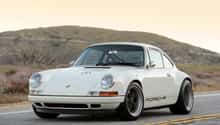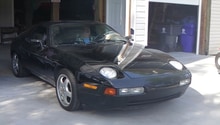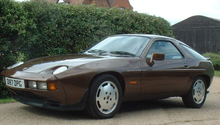Porsche 997: Why Does My Car Have a Rough Idle?
While many owners report the 997 may ride a little rough, don't assume everything is normal. Learn about some possible reasons causing rough idle here.
This article applies to the Porsche 997 (991) (2005-2012).
There are many reasons why your 997 may be running a little rough. Some may be as benign as old fuel if the car has been sitting, or it may be time to change your plugs and coil packs. It most cases, the solution is something that can be done on your own time in your own garage at a significant cost savings compared to taking it to a professional shop. Of course, if you are unsure of the problem, or whether or not it is a problem at all, you may want to have a pro check it out. A diagnostic job may not cost you an arm and a leg, and you may find the solution is a simple fix that you can do yourself. Here are some ideas that may help you diagnose and possibly solve the issues yourself, saving you a lot of money otherwise spent on a repair bill. The listed materials needed depend on what the issue is.

Materials Needed
- Various metric wrenches and sockets
- Fuel additive
- Smoke test machine
- MAF cleaner
- Oil and filter
- Spark plugs and coil packs
- Coolant temperature sensor
Step 1 – Check the spark plugs and coil packs
The spark plugs may be misfiring or the coil packs may need to be replaced.
One of the more common issues with a rough idle is caused by bad spark plugs and coil packs. Replacing them is not the easiest maintenance job you will do, but they aren't so difficult that you couldn't do it in your garage. The most difficult aspect of this job is removing the exhaust to get to the lower plugs, and there are some tight places to squeeze into in order to remove a few of them.
If the coils were bad, you would be getting a CEL code, but depending upon the mileage of the vehicle, since you are in there pulling the plugs, it would be a good idea to go ahead and do the coil packs at the same time to save you a lot of time doing this again in the near future.
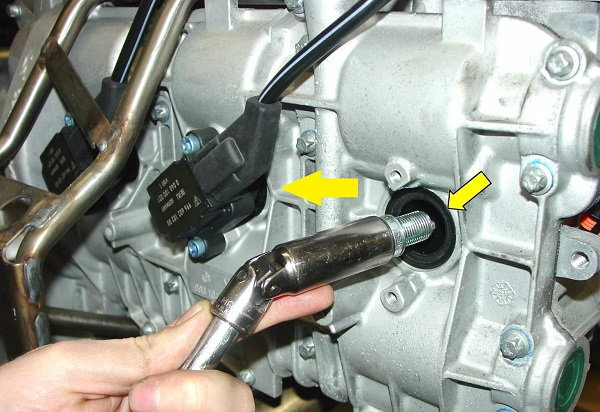
If the plugs and coil packs are in working condition and not fouled, continue reading for more clues.
Step 2 – Check for vacuum leaks
Vacuum leaks will be readily apparent at cold idle.
Vacuum leaks can be detected with smoke tests which can be done professionally or done by a novice without much trouble.
- Start the car and let it idle.
- Remove the oil cap and the car should start to run quite a bit more rough.
- If there is no change in the idle when the oil cap is removed, you may very well likely have crankcase vacuum leak somewhere (most likely cause by a failed air-oil separator).
- If the engine did run rougher when the oil cap was removed, refit the oil cap.
- Disconnect the hose that connects to the air-oil separator. If the RPMs do NOT change, then you have an intake vacuum leak somewhere.
A definitive test would be to use a smoke generator (approximately $650). This is prohibitively expensive for likely a one-time use so you may be able to borrow or rent one from a shop. Hook the machine up to an intake port, run it and sit back and watch for puffs of smoke. This will tell you exactly where the vacuum leak is originating from.
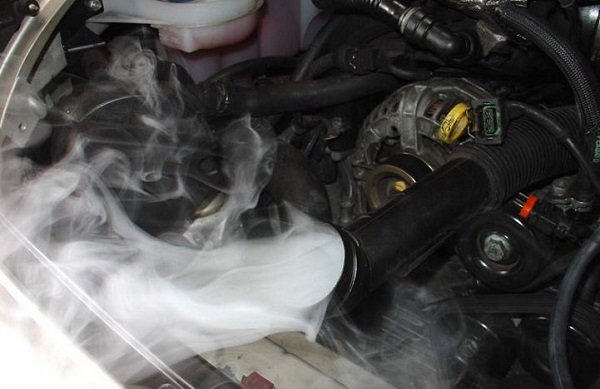
Pro Tip
If you are using a smoke machine, make sure to run it on a cold engine. A hot engine will expand which may close up any leaks, which is why the vacuum leaks are readily apparent on a cold start up.
If there is no vacuum leak found, perhaps there is bad fuel in the car.
Step 3 – Check for bad gasoline
Bad or old gas can cause the injectors to gum up, resulting in a rough idle.
Old gas doesn't burn well. If your Porsche has been sitting for a while, the fuel may have gone bad. With a high performance engine such as the 997, it was meant to be driven and driven well. If the car has sat even for what seems to be not very long, the engine may object. If the car has been babied and not run hard like the high performance car it is meant to, the engine may run rough as well. Aside from draining the fuel and adding fresh, high octane gasoline, a bottle of Techron or other engine additive may do the trick. This is a cheap solution to your problem that only costs a few dollars.

Pro Tip
If you add a fuel system cleaner to your tank, it would be a good idea to change your oil and filter after you've run the tank empty.
If none of the above are the culprit, move on to Step 4.
Step 4 – Check for worn sensors or a dirty intake plenum
The MAF sensor or plenum could need a good cleaning.
The mass air flow sensor could be dirty. They may show as an intermittent problem. It is relatively inexpensive to replace, but try cleaning it first. That may do the trick. The problem could also be from a bad coolant temperature sensor. This is also a really inexpensive part to replace and is not too difficult to do. Consider replacing this only after cleaning the MAF and the intake plenum. A dirty intake plenum can cause a rough idle and is simple to clean out.
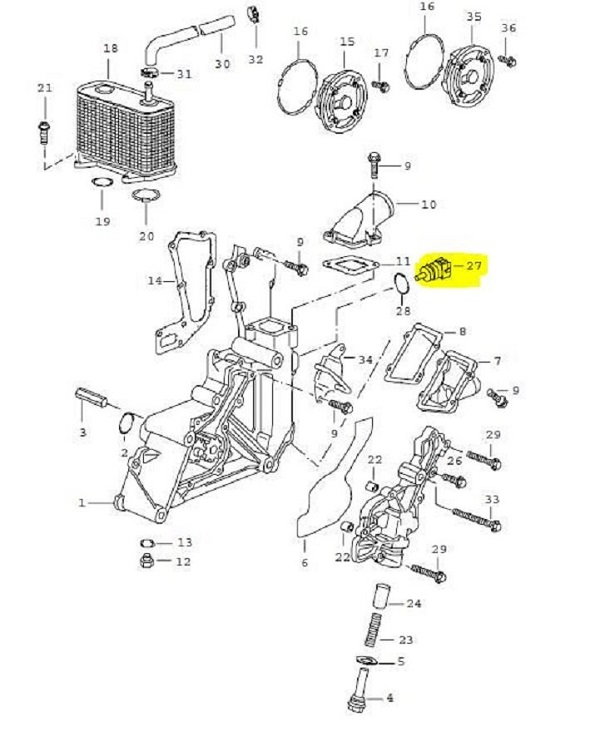
Step 5 – Drive your car like it was meant to be driven
Many owners have found that driving their car like Miss Daisy doesn't bode well for the Porsche engine.
While not advocating breaking any driving laws, the Porsche engine is built for driving like a high performance machine. Shifting soon at lower RPMs may sound like a good thing, but the engine is designed to run at high RPMs. Open it up a little. The fuel wants to burn hot to avoid carbon deposits and help that engine show its muscles. Once the engine is up to operating temperature, hammer it up your favorite interstate on-ramp. That is usually a road-legal means of winding out at least 2nd gear to the redline, and maybe touching 3rd, depending on your gearing. If you have access to a track, go every so often and let her rip. You may find that after one such trip, the car runs much better in your daily driving.

Related Discussions
- Rough Idle - Rennlist.com
- Rough Idle (#2) - Rennlist.com
- Rough Idle but No Faults Present - Rennlist.com
- Hard Start, Rough Idle Then Check Engine Light - Rennlist.com
- Rough Idle, Normal? - Rennlist.com
- 997.1 Spark Plug and Coil Pack Replacement DIY - Rennlist.com


